No more blank page. Generate your personalized course outline for YOUR specific course in 5 seconds…
Free Course Outline Generator
Please review your answers, then click "Generate".
WHO is to taking your course?
WHAT problem does your course solve for them?
The course outline generator above makes creating course content easier.
Just tell it who your course is for and what problem you’re solving, and you’ll get a ready-made outline.
–
Customizing Your Generated Outline
Once you’ve generated your outline, the next step is to refine it for your specific teaching style.
Look at your new outline and spend 5 minutes reviewing the structure.
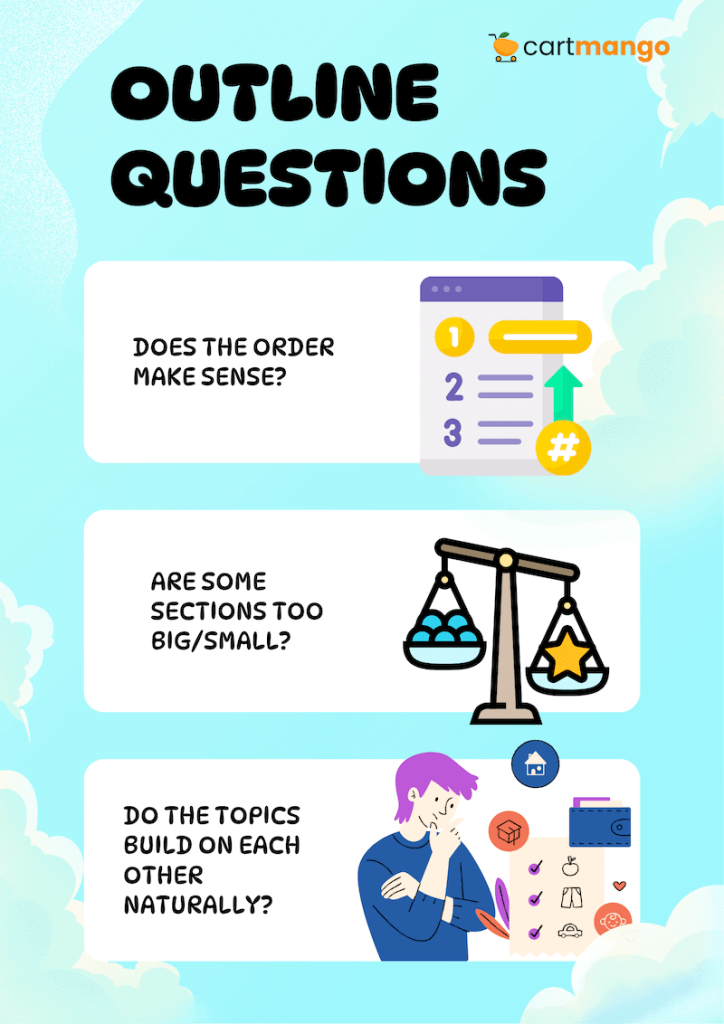
- Does the order make sense?
- Are some sections too big or too small?
- I start by checking module sequence, making sure topics build on each other naturally. Sometimes I’ll move a few sections around to improve the flow.
Try the “module enhancement” technique: for each module, ask “What might confuse students here?” Then add a small subsection addressing that challenge.
This simple fix can make a big difference.
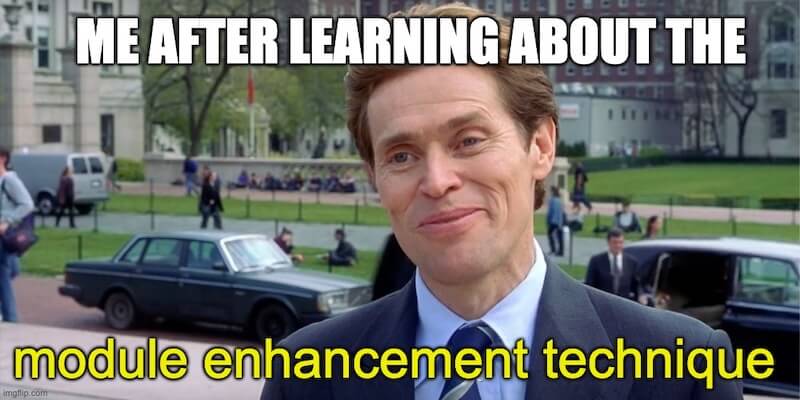
Online courses with clear structure and small, manageable lessons have higher completion rates. Your students stay engaged when they can easily follow how each lesson builds on the previous one.
With your structure optimized, it’s time to add learning activities that reinforce key concepts.
–
Adding Learning Activities
Every course needs practical elements where students apply what they’ve learned.
Different subjects need different types of activities.
Here’s a quick reference guide for adding effective activities:
Activity Type | Technical | Business | Creative | Academic |
|---|---|---|---|---|
Hands-on | Coding exercises | Financial calculations | Creation exercises | Lab work |
Analysis | Debugging scenarios | Market analysis | Style analysis | Case studies |
Application | Mini-project building | Process implementation | Portfolio pieces | Research application |
Assessment | Knowledge checks | Scenario-based questions | Peer feedback | Quizzes |
When adding activities, one simple rule helps: the “action step” formula.
For each key concept, include: “Now you try: [specific action].”
Quality Matters offers research-backed guidance on learning activities. For creating these activities, H5P provides free interactive content tools that integrate with many platforms.
Now let’s transform each outline point into comprehensive content.
–
From Outline to Course Content
Here’s my system for turning outline points into actual lessons:
Outline Point | Expanded Content | Final Lesson Format | Example |
|---|---|---|---|
Key concept | Definition, examples, application | Video + reading materials | “Variables in programming” |
Process/method | Step-by-step breakdown | Tutorial + practice | “Creating a marketing funnel” |
Principle | Explanation + real-world examples | Case study + discussion | “Design principles in action” |
Skill practice | Guided exercise + feedback | Workshop + submission | “Writing effective headlines” |
For faster content creation, Canva’s course templates help create visuals and worksheets in minutes.
Teacher-led methods (+0.39 effect size) and group learning (+0.25 effect size) beat solo study for learning results. You learn better with teachers or peers than by yourself. (Source)
With your content structured, let’s add engagement elements that keep students motivated.
–
Student Engagement Strategies
Learning activities (what students do to master content) differ from engagement techniques (what keeps them interested). Both matter!
Use this matrix to place engagement elements throughout your course:
Engagement Type | Beginning | Middle | End |
|---|---|---|---|
Interaction | Introduction forums | Discussion questions | Implementation sharing |
Checkpoints | Pre-assessment quiz | Progress checks | Achievement celebration |
Motivation | Early win exercises | Milestone acknowledgments | Completion certificates |
Community | Student introductions | Group challenges | Peer feedback opportunities |
Keep content chunks small. 5-10 minute videos and 3-5 pages of reading work great for online learning.
–
Using Your Outline for Marketing
Your course outline can now serve double-duty as the foundation for your marketing:
Outline Element | Marketing Asset | Example |
|---|---|---|
Learning goals | Benefit statements | “You’ll be able to build a complete website” |
Module topics | Course highlights/features | “Module 2: Mastering responsive layouts” |
Activities | Proof of practical value | “Create 5 real-world projects for your portfolio” |
Structure | Course delivery timeline | “Complete certification in just 6 weeks” |
–
Getting the Most From Your Course Outline
Look at your outline through your intended audience’s eyes.
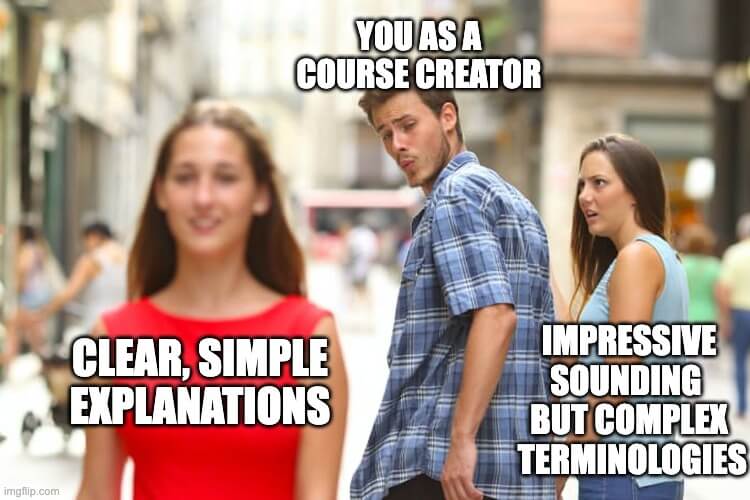
Will they understand each section? Can they follow the flow?
The ai behind our generator builds solid outlines, but your knowledge makes them shine. Think of these as starting points that need your touch.
Got a new idea? Add it right away. Short stories help students connect with tough concepts.
Making Your Content Clear and Engaging
Simple words work best in most courses. Check your outline for fancy terms that might confuse beginners.
Make module descriptions tell students exactly what they’ll learn.
A quick review helps spot missing topics or unclear sections.
Your expertise is what students pay for-not just the ai structure. The best support materials come from the parts of your course you know best.
Quick Tips for Busy Course Creators
Many teachers copy and paste their outline straight into their course platform. This cuts planning time by hours.
However, your creativity matters most – the outline just handles the structure. Keep your audience in mind as you build each lesson.
Use the overview to give students the big picture first. You can edit sections where students might need extra help.
When you’re ready to publish, sign up with CartMango (free for at least 2025) or similar platforms to start selling your course.
Disclaimer: CartMango is our cart/checkout tool specifically for solo course creators, digital sellers, and coaches/consultants.
–
What Next?
Here’s what to do right now:
- Generate your outline using the Course Outline Generator above
- Pick 3 learning activities from the matrix that fit your topic
- Plan your first module using the “From outline to course content” guide
Avoid common mistakes like creating too much content at once or skipping the activity planning stage.
Start small and expand.
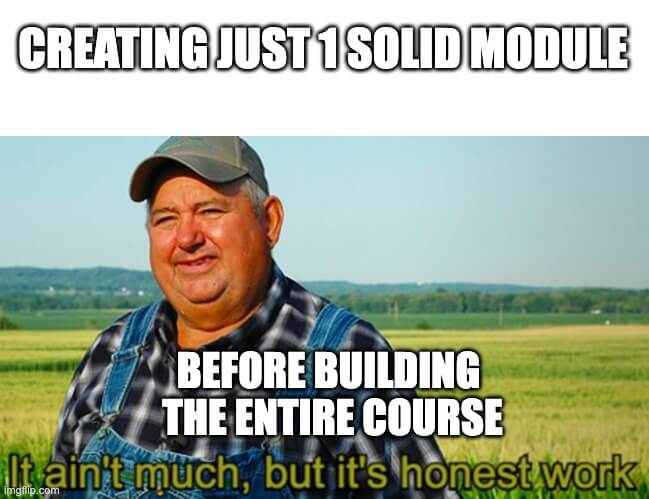
Track simple metrics like how long it takes to create each lesson and whether you’re following your outline structure.
Now go build that course. Your newly generated outline has given you a massive head start.
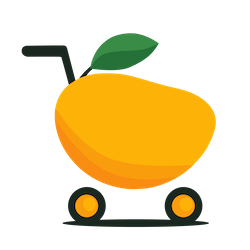
 Do NOT refresh this page. It takes a few moments to generate your request.
Do NOT refresh this page. It takes a few moments to generate your request.